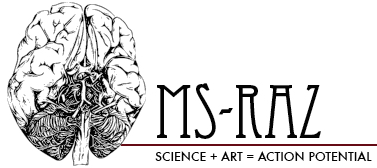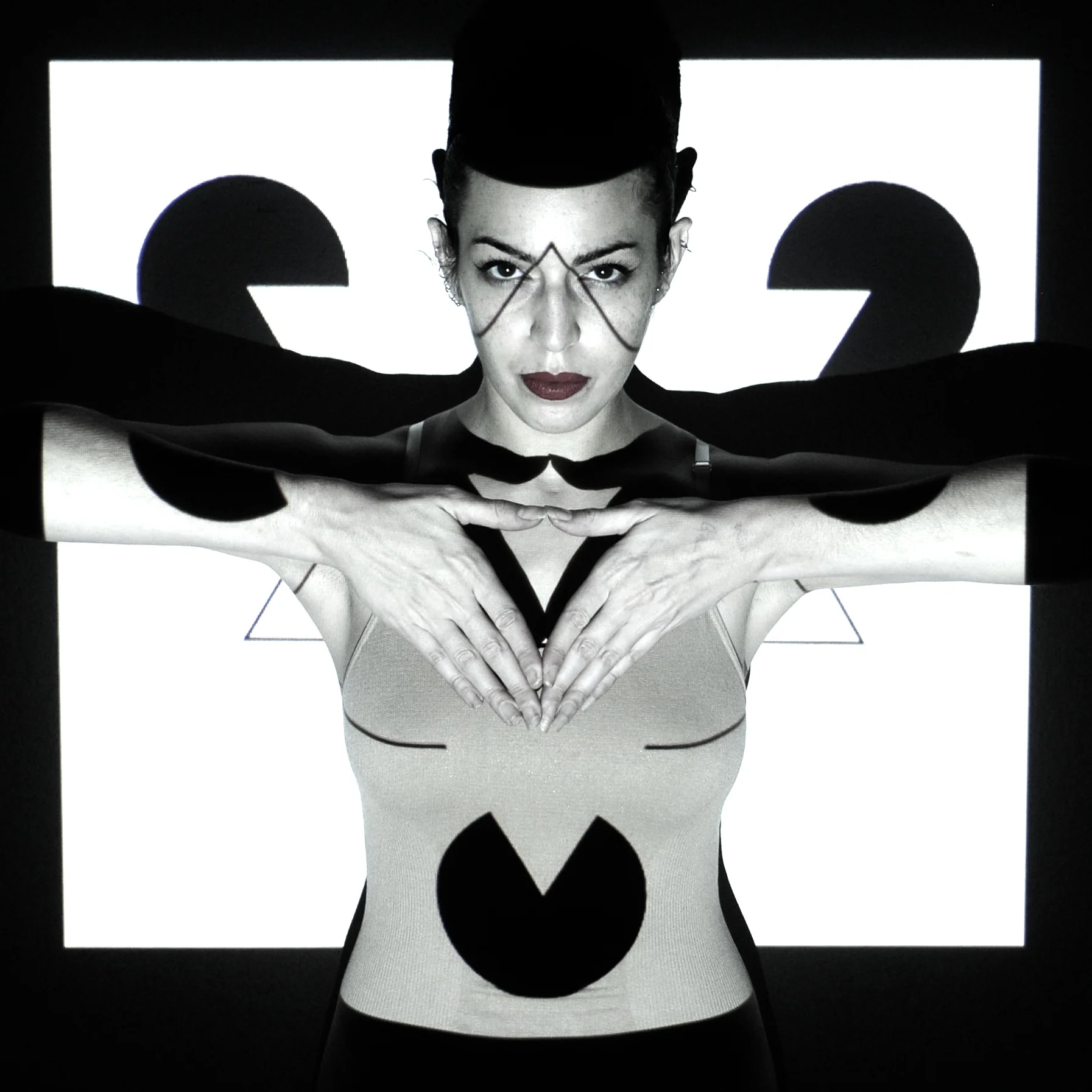The Kanizsa Illusion
See that black outline triangle? Good. See the other triangle created from the Pac-Men mouths? Is there really a triangle there? There is the negative space of a triangle, yes, but does that mean there is a triangle? This is known as the Kanizsa Triangle, a type of illusory figure. Our brains have an amazing ability to fill in holes and complete things, whether it is words, images, or incongruent pieces of thought.
We look for the bigger picture, but what affects our view of the bigger picture?
This illusion’s explanation has remained elusive with contradictory results for many years. The main question is whether this illusion is due to early stages of perception (bottom-up processing) in the visual cortex or due to higher order processes (top-down processing) from feedback signals in higher cortical areas.
The area V1 is the earliest stage of vision in the cortex and is responsible for interpreting line orientation. Certain cells in V1 have an affinity for vertical lines, some horizontal, and others for various angles in between. It is the edges and contours of an object that these cells respond to rather than the uniform surface of an object. The brain has the task of grouping various elements of lines and edges together into what we perceive as a coherent and holistic shape or object. In a recent paper “Shape and perception simultaneously up- and downregulates neural activity in the primary visual cortex” (2014), Kok and De Lange investigated this illusory task with the Kanizsa Triangle and fMRI.
Using the BOLD response (a measure of blood flow to brain areas derived from fMRI), spatial reconstructions allowed for a glimpse into what V1 is responding to. What they found was that in V1 the neural activation corresponded to the illusory figure (i.e. the illusory triangle) and not to the black Pac-Men (i.e. the illusory inducers). In other words, your brain is more interested in the larger, illusory shape that is not actually present than it is in the objects creating the illusion that are present!
What is more, is that the illusionary inducers, the Pac-Men, evoked a reduced neural response in V1. This demonstrates that the lower levels of bottom-up processing in the V1 area are being activated and play a critical role, but there must be some other modulatory process from higher cortical regions at work here since the V1 activation does not directly correspond to the stimulus. This goes in line with other studies, which have shown “top-down activations of V1 during working memory, mental imagery, and stimulus expectation”.
So how does the brain decide what the larger, gestalt picture is? From this demonstration, Kok and De Lange concluded it is “an interactive process between higher-order visual areas and V1, wherein activity in V1 is modulated in a highly specific way according to the perceptual hypothesis provided by higher-order areas.” In essence, higher areas of the brain (top-down processes) are making gestalt type guesses, expectations, and assumptions that affect what your senses perceive.
So remember, many times it is your expectation that affect what you do and don’t see…
References
Kok P, & de Lange FP (2014). Shape perception simultaneously up- and downregulates neural activity in the primary visual cortex. Current biology : CB, 24 (13), 1531-5 PMID: 24980501

